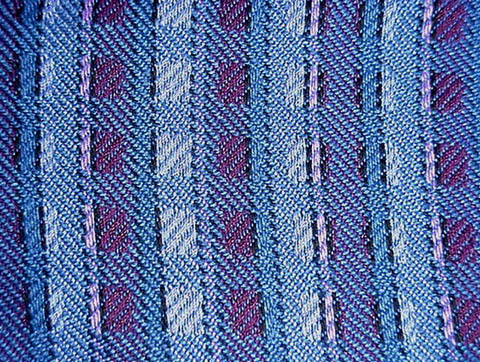by Juan Wilson on 5 April 2007
There are two crops that are under-utilized on Kauai. Hemp and bamboo are materials that can be successfully grown here which could become important non-food agricultural products.
Most of us are aware of hemp use for fabric in clothing. Hemp fiber historically was an important industrial product for use in other products such as rope that are now made of petroleum based products like dacron and nylon.
In researching the subject see:
www.hemptraders.com
Hemp was used for a number of industrial purposes. One of the most valuable parts of the hemp plant is the fiber, commonly referred to as "bast,” meaning that it grows as a stalk from the ground. Other fibers such as sisal, manila hemp and jute are mistakenly referred to as hemp, yet only Cannabis sativa is considered "true hemp."
Among the characteristics of hemp fiber are its superior strength and durability, and its stunning resistance to rot; attributes that made hemp integral to the shipping industry. The strong, woody bast fiber is extracted from the stalk by a process known as decortication. Hemp fiber contains a low amount of lignin, the organic glue that binds plant cells, which allows for environmentally friendly bleaching without
the use of chlorine. In composite form, hemp is twice as strong
as wood. All products made with hemp fiber are biodegradable.
Most of us are also aware of bamboo used in architect, house wares and decorative products. Now many are knowledgeable about bamboo used as a fabric for clothing. Bamboo fabric is a natural textile made from the pulp of the bamboo grass.
In researching the subject see:
www.wisegeek.com/what-is-bamboo-fabric.htm
Bamboo fabric has been growing in popularity because it has many unique properties and is more sustainable than most textile fibers. Bamboo fabric is light and strong, has excellent wicking properties, and is to some extent antibacterial. The use of bamboo fiber for clothing was a 20th century development, pioneered by several Chinese corporations.
Bamboo fiber resembles cotton in its unspun form, a puffball of light, airy fibers. Many companies use extensive bleaching processes to turn bamboo fiber white, although companies producing organic bamboo fabric leave the bamboo fiber unbleached. To make bamboo fiber, bamboo is heavily pulped until it separates into thin component threads of fiber, which can be spun and dyed for weaving into cloth.
Bamboo fabric is very soft and can be worn directly next to the skin. Many people who experience allergic reactions to other natural fibers, such as wool or hemp, do not complain of this issue with bamboo. The fiber is naturally smooth and round without chemical treatment, meaning that there are no sharp spurs to irritate the skin.
Bamboo fabric is favored by companies trying to use sustainable textiles, because the bamboo plant is very quick growing and does not usually require the use of pesticides and herbicides to thrive. As a result, plantations can easily be kept organic and replanted yearly to replenish stocks. The process of making unbleached bamboo fiber is very light on chemicals that could potentially harm the environment.
In textile form, bamboo retains many of the properties it has as a plant. Bamboo is highly water absorbent, able to take up three times its weight in water. In bamboo fabric, this translates to an excellent wicking ability that will pull moisture away from the skin so that it can evaporate. For this reason, clothing made of bamboo fiber is often worn next to the skin.
Bamboo also has many antibacterial qualities, which bamboo fabric is apparently able to retain, even through multiple washings. This helps to reduce bacteria that thrive on clothing and cause unpleasant odors. It can also kill odor causing bacteria that live on human skin, making the wearer and his or her clothing smell more sweet. In addition, bamboo fabric has insulating properties and will keep the wearer cooler in summer and warmer in winter. The versatility of
bamboo fabric makes it an excellent choice for clothing designers exploring alternative textiles, and in addition, the fabric is able to take bright dye colors well, drape smoothly, and star in a variety of roles from knit shirts to woven skirts.
To see and experience hemp and bamboo fabric try Island Hemp and Cotton store in Kapaa, on the main highway.
On the web check out
www.lcweave.com/bamboo_fabric.htm
|
